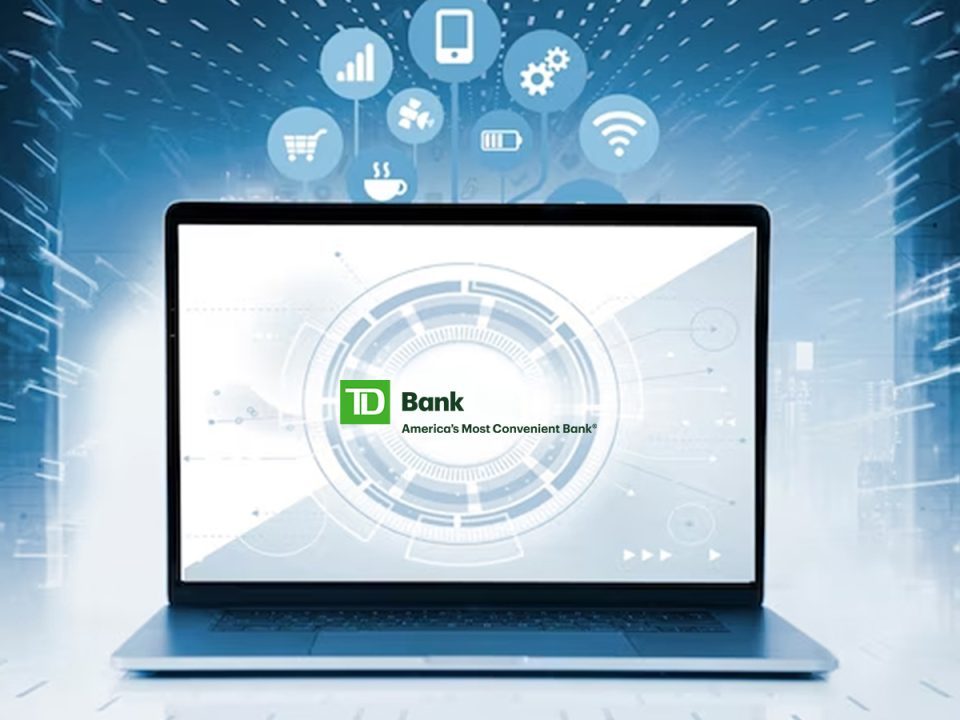Half of consumers report their biggest spending increase was on groceries over the last year.
TD Bank, America’s Most Convenient Bank announced the findings of its annual 2024 Consumer Spending Index, revealing that half (50%) of respondents say their spending has increased the most on groceries over the last year and more than half (58%) say they spend the most money on groceries in a typical month. Although inflation has slowed, nearly one third (30%) of respondents have been cutting back spending due to concerns about the economy and over two in five (42%) of respondents have altered their financial priorities over the past year. Among those whose priorities have shifted, 27% report covering daily living expenses such as groceries and utilities is the priority that has changed the most.
“Fortunately, there are useful tools available to help consumers manage their finances and maximize card benefits, whether that’s by finding a card with cash back on groceries or by identifying a card with low interest if you know you are going to carry a balance.”
The survey polled more than 1,500 Americans who have a credit card to assess shifts in consumer spending habits, credit usage and financial priorities including strategies for saving and the importance of financial education.
Two-thirds (67%) of those surveyed revealed that some aspect of their finances keeps them up at night, and less than one-third (31%) are planning a major purchase in the next year. Despite these concerns, Americans remain overwhelmingly confident in their financial situations with 85% indicating they are confident in their ability to manage their finances.
Read More on Fintech : Global Fintech Series Interview with Christy Johnson, Chief Product Officer at Versapay
“The daily cost of living is rising for many Americans,” said Chris Fred, Head of Credit Cards and Unsecured Lending at TD Bank. “Fortunately, there are useful tools available to help consumers manage their finances and maximize card benefits, whether that’s by finding a card with cash back on groceries or by identifying a card with low interest if you know you are going to carry a balance.”
Many Ways to Pay
Consumers value options. The majority of respondents have multiple credit cards, with 47% of respondents reporting they hold 3 or more cards. Rewards cards continue to dominate the credit card space with more than eight in ten consumers (83%) having one. When it comes to choosing a new card, consumers are most enticed by the rewards program structure (34%), attractive introductory offers (33%), and the reputation of the card issuer or financial institution (24%).
Debit cards also remain popular. Consumers are relatively split between credit and debit as their primary method for making day-to-day purchases, with 43% using a credit card and 39% using a debit or check card tied to a checking account. The preference for credit cards is driven by several compelling factors including convenience (64%), the opportunity to maximize rewards (60%), and enhanced security on purchases (46%). Only 10% of respondents report cash as their primary spending method.
Consumers have been hesitant to embrace Buy Now Pay Later (BNPL) options with only 28% of respondents having used BNPL installment options. The use of BNPL is particularly popular among Millennials, with 45% having used this service compared to just 16% of Baby Boomers. Those who do use BNPL often cite the ability to spread out payments for items that wouldn’t otherwise fit their budget (47%) and the appeal of low or no interest rates (23%).
Convenience Remains Key
This year’s Consumer Spending Index also highlights the balance between digital convenience and the need for personal touch in customer service. While online banking tools are popular, with 82% of respondents preferring to pay their credit card bills online or via mobile app, over half (56%) still prefer phone support for customer service, particularly among Baby Boomers. This preference underscores the importance of human interaction, and consumers desire to have a touch of personalization in their banking experiences.
Customer service quality is also a factor for 68% of consumers when choosing a credit card, and over half (55%) say their digital experience influences their choice. This suggests that, despite the rise of digital tools, consumers still value the reliability and personalized assistance that phone support provides, demonstrating a blend of traditional and modern preferences in their financial habits.
Mastering Money: Savings, Education, and Future Goals
As consumers navigate sticky inflation and high interest rates, many consumers are struggling to save. In fact, only 56% of respondents are actively saving for retirement and 20% report an outstanding credit card balance is impacting their ability to meet their financial goals. Today’s evolving markets and the shifting of financial priorities in the last year has put an emphasis on financial education. 70% of parents report actively educating their children on the importance of building credit.
Parents are also helping their children establish credit of their own via a few mediums, but the most popular include a secured card (24%), loans (20%), or adding them as an authorized user on an existing credit card (20%). This proactive approach underscores the urgency that Americans are feeling to prepare the next generation for financial stability.
Catch more Fintech Insights : Global Fintech Series Interview with Daniel Muller, CEO of Aeropay
[To share your insights with us, please write to psen@itechseries.com ]
